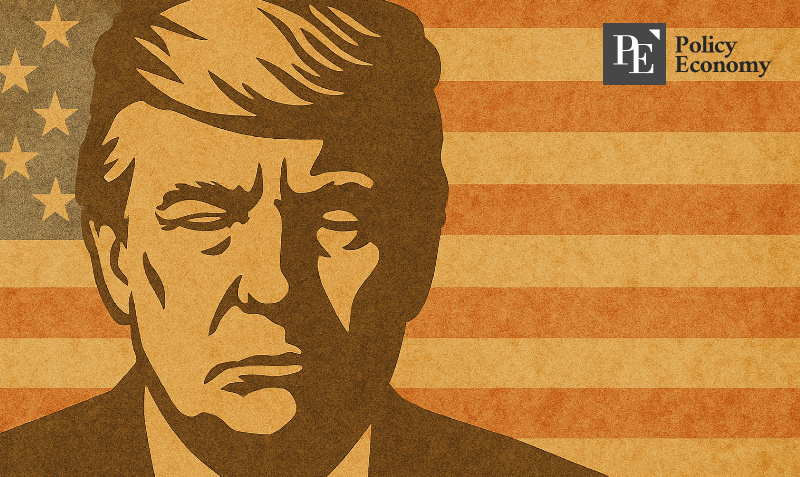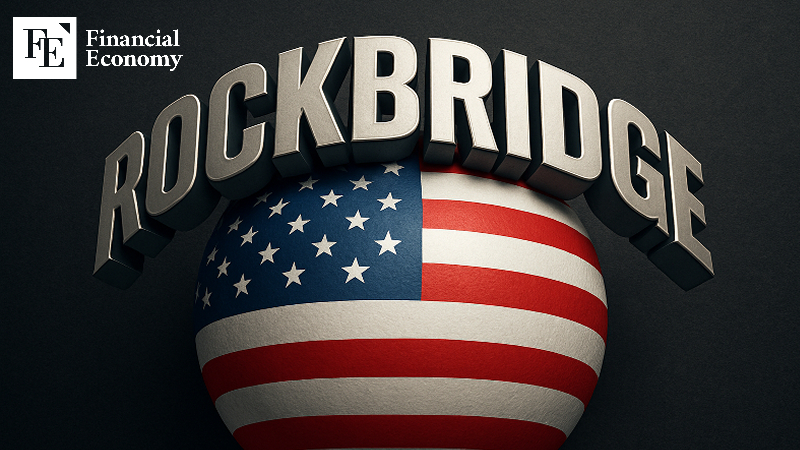
Rockbridge Network Emerges as Power Center of Trump’s Second-Term Administration Founder JD Vance, Now U.S.
Read More
Even at USD 29, a USD 446 Bag Won’t Sell Luxury Brands Shaken by ‘China Risk’ Has China’s Luxury Boom Ended?
Read More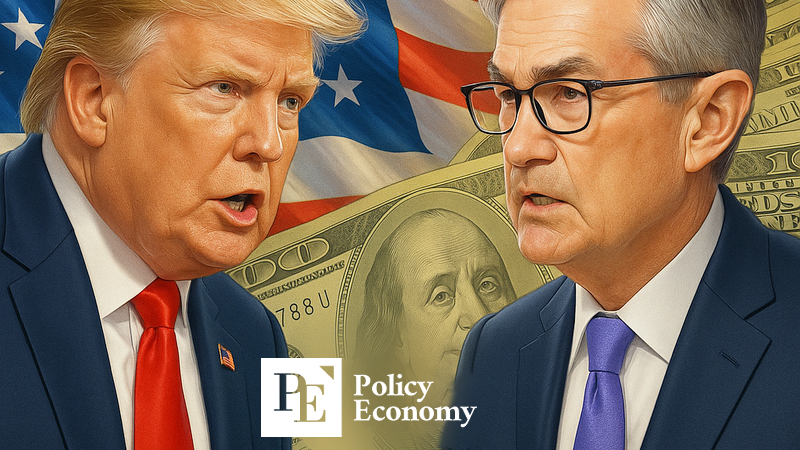
Trump Again Urges Fed Chair Powell to Cut Interest Rates Fed Signals Wait-and-See Approach, Citing Need to Assess Tariff Impact Mounting Pressure for Rate Cuts Amid Looming Shadow of Recession
Read More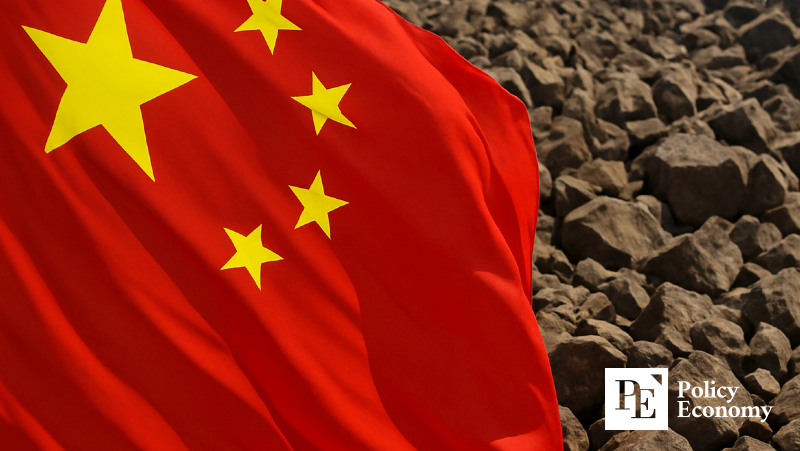
"Global Auto Production at Risk Due to Rare Earth Export Controls" "China’s Ministry of Commerce to Expedite Rare Earth Export Permits for EU Companies" "China’s Rare Earth Card Sends Shockwaves Beyond the U.S.
Read More
Intent to Strengthen Effectiveness of Export Controls Global Production Lines at Risk of Paralysis Mounting Likelihood of Real Economic Shocks What began as a battle over semicon
Read More
Race to Capture the ‘Aviation Boom’ Originating from India Economic growth, population increase, and surging travel demand High institutional barriers such as foreign investment restrictions
Read More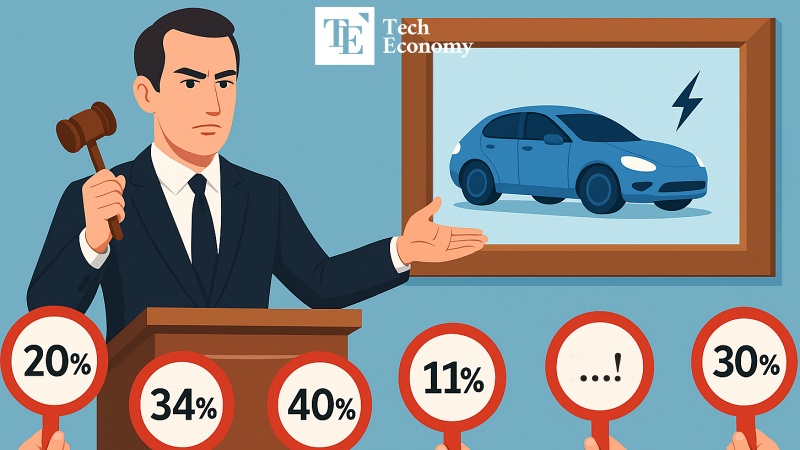
BYD’s ‘Bombshell Sale’ Intensifies Price Competition Potential Reshaping of Competitive Landscape with Tesla Accounting Transparency and Hidden Debt Issues Come to Light As the world accele
Read More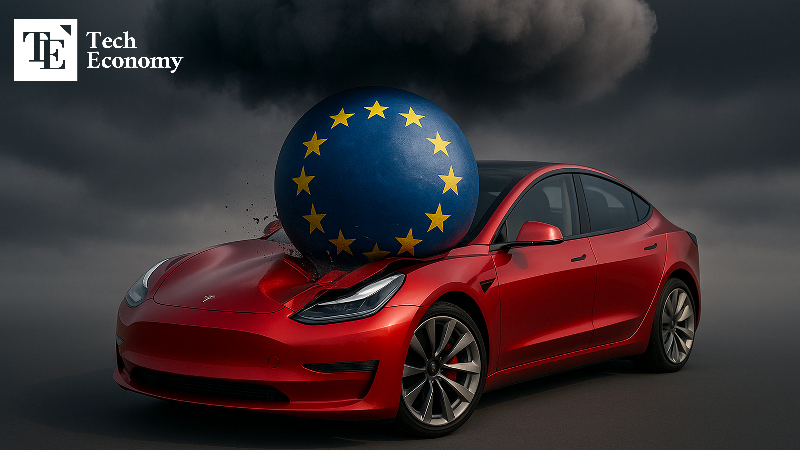
Tesla Struggles in the European Market "Weighed Down by Owner Risk, Pressured by BYD" Amid Mounting Market Challenges EU Moves to Counter Chinese EVs with Subsidies Tesla's sales in Euro
Read More
"Temporary Pause in EV Transition" Declared Triple Pressure from Chinese Imports, etc.
Read More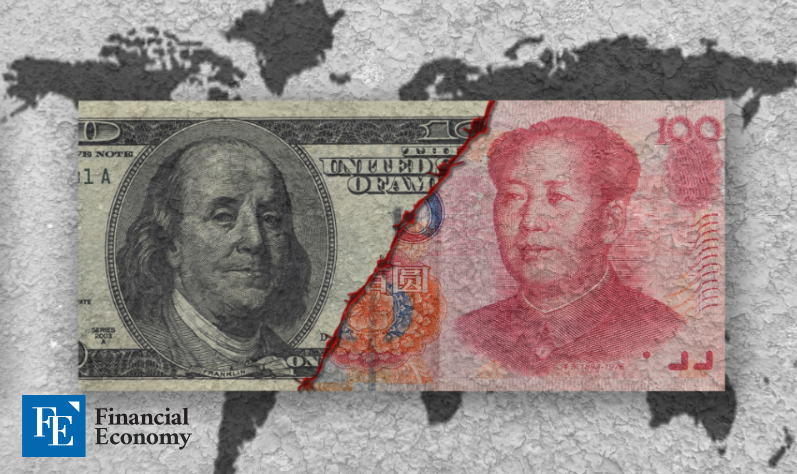
China Expands International Settlements and Opens Capital Markets U.S.–China Conflict Expands into the Financial Front China’s Payment Network Expands via Hong Kong Base In the arena of
Read More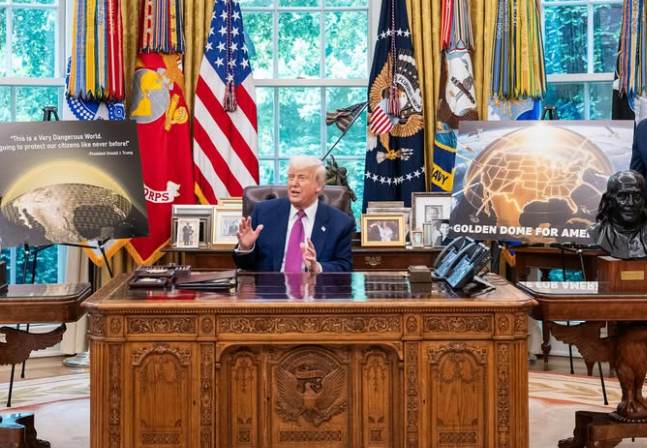
Reviving the ‘Star Wars Project’ A Next-Generation Defense System That Intercepts in Space Experts Warn: "It Could Cost Trillions of Dollars" U.S.
Read More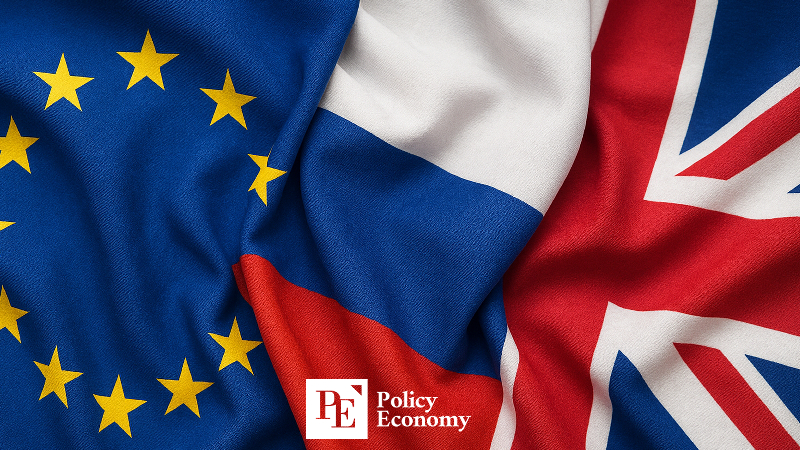
"Not My War" – Trump Shifts Blame to Europe Putin Avoids Immediate Ceasefire by Citing 'Root Causes' Outraged EU and UK Adopt Sanctions Package Against Russia As the war in Ukrain
Read More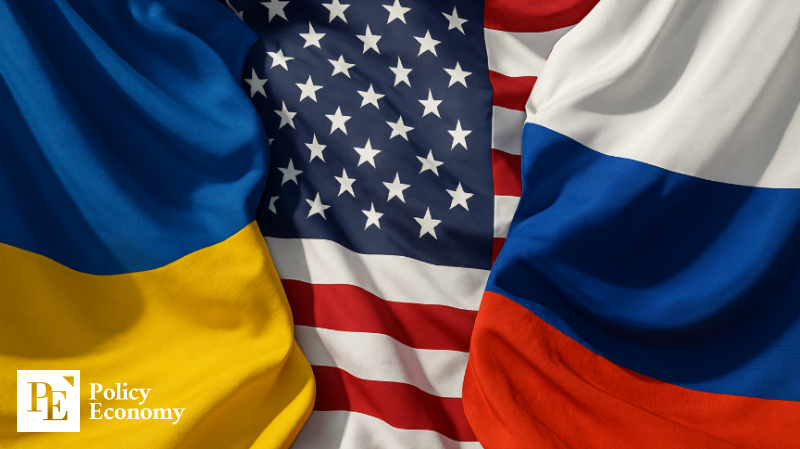
Trump Voices Optimism After Talks with Putin Putin Repeats Stance: “Root Causes of the Crisis Must Be Addressed” Ukraine Stresses the Need for a High-Level Summit In a high
Read More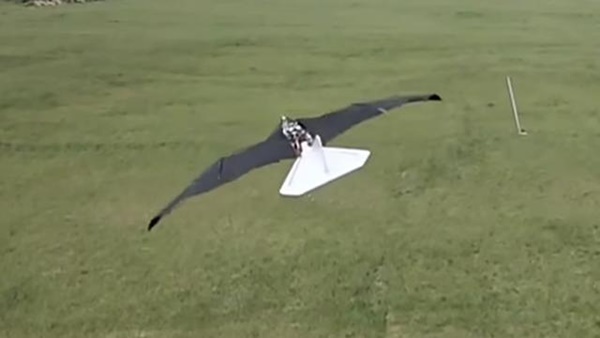
"Small but Powerful 'Magpie Drone' Conducts Reconnaissance Missions in Flocks" "'Seagull,' 'Hawk,' and 'Eagle' Drones Equipped with Precision Strike Capabilities" "Chinese Government Unveils New Underwater Drone, Escalating Unmanned Submarine Competition"
Read More
Sluggish Downstream Demand Triggers Earnings Shock for Automotive Chip Giants As Traditional Leaders Falter, Chinese Automotive Semiconductors Surge Ahead Chinese Cars Embrace Domestic Chips, Accelerating Toward Semiconductor Self-Sufficiency
Read More
Plan to establish a large shipyard in Tuticorin, Tamil Nadu Korean shipbuilders receive business participation love calls Indian government offers investment incentives aiming to become the world’s 5th largest shipbuilding power
Read More
Growing Use of Stablecoins Raises Concerns Over Undermining Financial System Stability Though useful as a means of payment, stablecoins are vulnerable to market shocks and questions persist over the credibility of issuing institutions. Unlike typical virtual assets, there is a growing need for stronger regulatory oversight.
Read More
Shift in Investment Culture from Saving to Spending Growing Expectations for an End to the ‘Lost 30 Years’ Worsening Supply-Demand Imbalance Suggests Peak Still Ahead Japan’s real estate m
Read More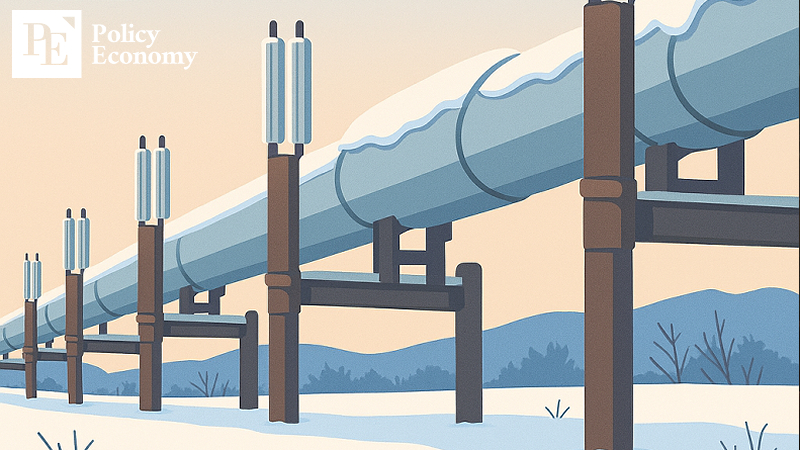
Japan and Taiwan Take a Wait-and-See Approach to Alaska LNG Exports South Korea Maintains Cautious Stance, Citing Need for Project Feasibility Thailand, With Significant Trade Surplus with U.S., Joins the Project
Read More